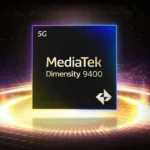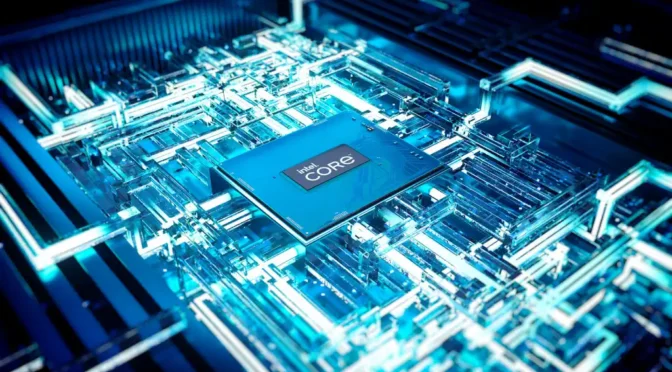[Image credit: AMD]AMD RDNA 4 GPUs: Launch Date and What to Expect
Recent leaks suggest AMD will push the launch of its RDNA 4 GPUs to early 2025 (pcgamesn.com). Originally rumored for a late 2024 release, these next-generation graphics cards seem to be slightly behind schedule. Let’s explore what this means for AMD’s lineup and what we can expect from the upcoming RDNA 4 series.
Delayed Launch: What Happened?
According to recent sources, AMD’s RDNA 4 GPUs will arrive in 2025. It will debut with the flagship Navi 48 at CES in January. Earlier rumors suggested a late 2024 release. AMD appears to be holding back the launch of its RDNA 4 GPUs. The company likely wants to clear out existing RDNA 3 inventory before introducing a new generation.
What to Expect from RDNA 4
The RDNA 4 line will include the Navi 44 and Navi 48 GPUs, focusing heavily on value for money, strong performance, and energy efficiency. This approach is different from Nvidia, which continues to prioritize high-performance hardware for its upcoming RTX 5000 series. AMD’s strategy places a greater emphasis on the mid-range market, aiming to offer powerful GPUs at more accessible price points.
With RDNA 4, AMD plans to introduce enhancements like improved raytracing, better clock speeds, GDDR6 memory, and the latest iteration of AMD’s Infinity Cache. These improvements promise a 10-30% performance boost over the current RDNA 3 GPUs. This focus on efficiency and mid-range value could make RDNA 4 an attractive option for many gamers who want performance without breaking the bank.
What Comes Next?
With the RDNA 4 launch now set for 2025, it seems that AMD is aligning itself to compete strongly in the mid-range GPU space. The flagship Navi 48 is expected to be showcased at CES 2025, with the Navi 44 following in Q2. This rollout strategy indicates that AMD wants to target the mid-range and gradually shift towards higher-end models.
Interestingly, while RDNA 4 GPUs promise solid improvements, some enthusiasts may still choose to wait. AMD’s RDNA 5 is already under development and is rumored to include significant architectural changes, possibly catering to the high-end market more than RDNA 4.
Conclusion for AMD RDNA 4 GPUs
AMD’s RDNA 4 GPUs will make their way to the market in early 2025, focusing on delivering value, efficiency, and mid-range power. This delay gives AMD more time to move remaining RDNA 3 stock, while also setting the stage for a strong mid-tier offering next year. With Nvidia pushing ahead with its high-performance RTX 5000 series, 2025 could be a pivotal year for AMD to establish itself as the leader in the mid-range graphics card space. If you’re looking for a balance of performance and cost, the AMD RDNA 4 GPUs might be worth the wait.





















